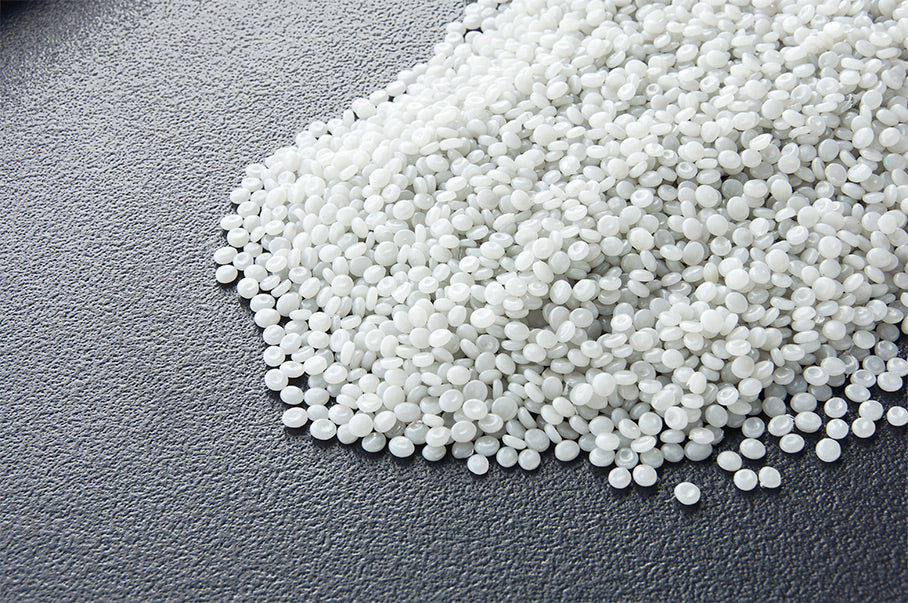
So, you know Loll products are made from recycled milk jugs. In fact, we’ve recycled more than 50 million since 2005 (but hey, who’s counting?). But, how do you go from a milk jug to an Adirondack chair?
 In this post, we’ll explain the step-by-step process of turning a plastic milk jug into another product, like Loll furniture. But first, a little background on milk jugs.
In this post, we’ll explain the step-by-step process of turning a plastic milk jug into another product, like Loll furniture. But first, a little background on milk jugs.
Milk jugs – a single-use plastic
Although you can melt plastic jugs down and turn them into new milk jugs, none of the milk containers in the U.S. are made from recycled material. That’s because of safety concerns related to bacterial and chemical contamination as well as strict Food and Drug Administration (FDA) guidelines. When milk jugs are reclaimed, the plastic is turned into nonfood items, like children’s toys (such as yo-yos and Frisbees) and our outdoor furniture. But according to the Environmental Protection Agency, only around 30 percent of high-density polyethylene (HDPE) – the type of #2 plastic used to make milk jugs – is recycled. The rest may spend hundreds of years decomposing in a landfill – not cool. In fact, according to the Plastics Museum in Leominster, Mass., Americans throw away 14.4 MILLION tons of plastic each year. That’s a lot of waste.
So, how does the simple act of recycling your milk jugs reduce landfill waste and help create new products? Below is a fun little video followed by a written explanation of the process.
But according to the Environmental Protection Agency, only around 30 percent of high-density polyethylene (HDPE) – the type of #2 plastic used to make milk jugs – is recycled. The rest may spend hundreds of years decomposing in a landfill – not cool. In fact, according to the Plastics Museum in Leominster, Mass., Americans throw away 14.4 MILLION tons of plastic each year. That’s a lot of waste.
So, how does the simple act of recycling your milk jugs reduce landfill waste and help create new products? Below is a fun little video followed by a written explanation of the process.
The milk jug recycling process
-
Curb Appeal
The milk jugs – along with other recyclables – you take out to the curb each week are sent to a recycling facility. Not recycling yet? Use Recycler Finder to find a facility near you. -
Sort It Out
The recycling facility sorts the recyclables by plastic type. For example, ketchup bottles and yogurt containers are made of PP (polypropylene). This means they’re chemical properties are different than detergent bottles and milk jugs (made of HDPE, or high-density polyethylene) and from soda bottles (made of PET/PETE, or polyethylene terephthalate). -
Enter, the Reclaimer
After the plastic is sorted, it is baled and sold to a reclaimer – a company that helps process plastic so it can be turned into other products.
-
Flake It Off
The reclaimer has machines that shred the plastic into small flakes. These flakes are washed, dried and sorted into natural flakes (like the ones from milk jugs) and colored flakes (such as those from detergent bottles). -
Pelletization
The flakes are melted at high temperature through a machine called an extruder and processed into pellets.
-
Good Sheet
The pellets are then processed into large sheets.

